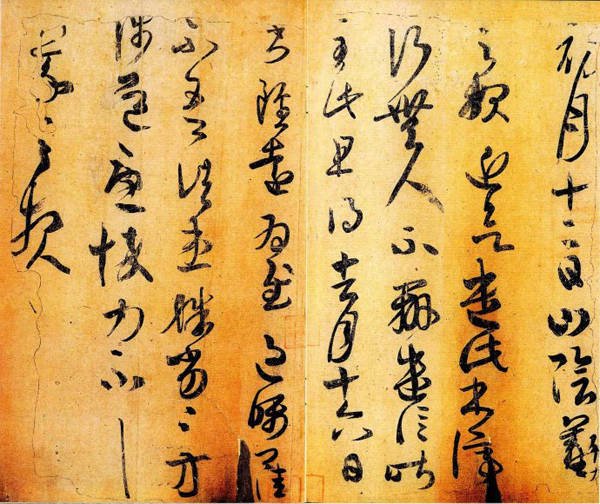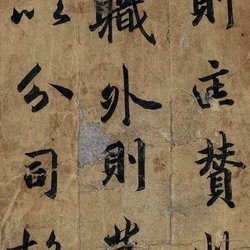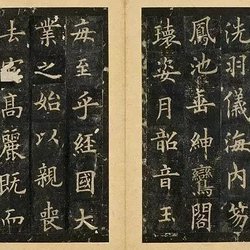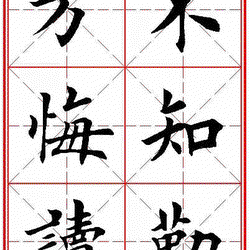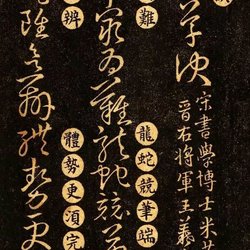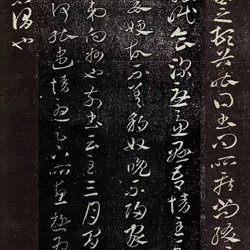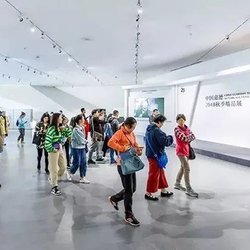Wang Xizhi's letters and manuscripts are very exquisite. The main ones are: Changfeng Tie, Chuyue Tie, Deshi Tie, Erxie Tie, Hanqie Tie, Heru Fengju Tie, Kong Shizhong Tie, Kuai Xue Shi Qing Tie, Sister Zhi Tie, Sadness Tie, Peace Tie, and Mourning Chaos Tie. . . Along with the interpretation, we explore the life in the letters of the sages 1,700 years ago.
"Xing Rang Tie"
One step at a time, will the nine people still respond? Most of them are in charge.
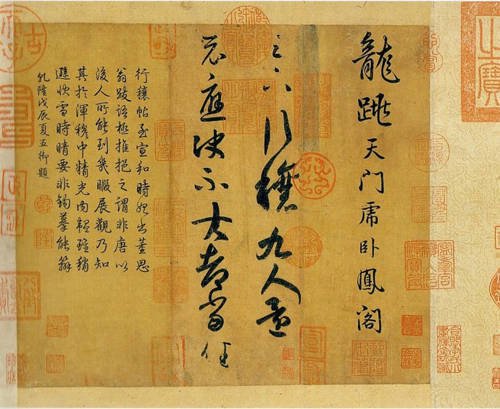
"Walnut Post"
This post comes from "Seventeen Posts" written in cursive script by Wang Xizhi. The full text can be found in "Secretary of the Right Army": "It is necessary to take two kinds of medicine: zhanxi and walnut. When you are satisfied, salt is the most important thing. It is necessary for taking it." I know that I have to take the food before I can return home, but I don't agree with this ambition. Those who know me hope that this is a true saying. I have no chance to see you, so I would like to smile. ’ This post is now incomplete, with only 21 words remaining. Explanation: Returning to the nearest place is not allowed. Those who know me are hopeful, this is a well-established saying. I have no chance to see you, so I would like to smile.
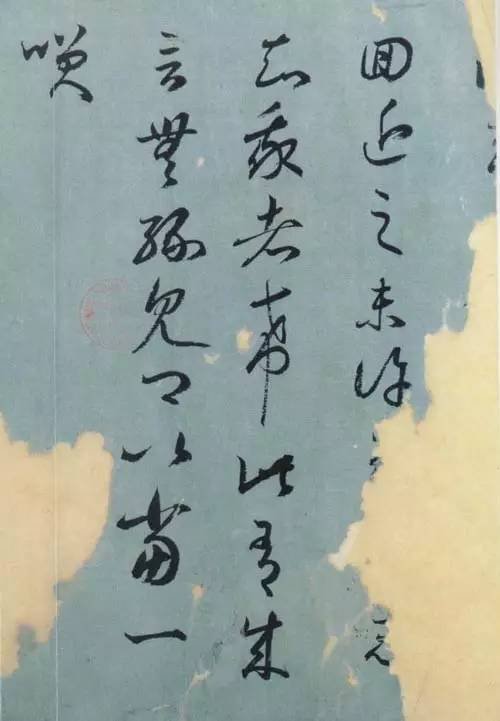
"Tie after the Rain"
After the rain today, no results have been achieved. Here, I hope it can be settled with words. After getting the book and asking, I will always take it as a lesson, and it is wonderful. When his father transferred to the capital, how could he believe that Dai Shi was too good and too rough? Xizhi.
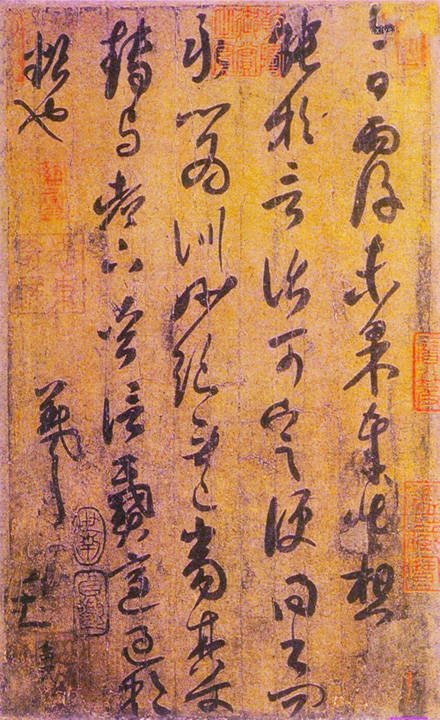
"Sister's Post"
It's hard for my sister to relieve her sorrow when she is in love, so she has to stay in bed day and night.

"Han Qie Tie"
Also known as "Twenty-seven Tie" and "Xie Sima Tie". The Tang Dynasty manuscript has a black silk column. The length is 25.6 cm and the width is 21.5 cm. It has five elements and five crosses in cursive script. There are inscriptions by Dong Qichang and Lou Jian at the end of the volume. In the Song Dynasty, this calligraphy entered Shaoxing's inner palace, and in the Ming Dynasty it was introduced to the public. It was collected by Han Shineng, Wang Xijue and Wang Shimin of the Qing Dynasty in the Ming Dynasty. It is a well-known calligraphy art treasure.
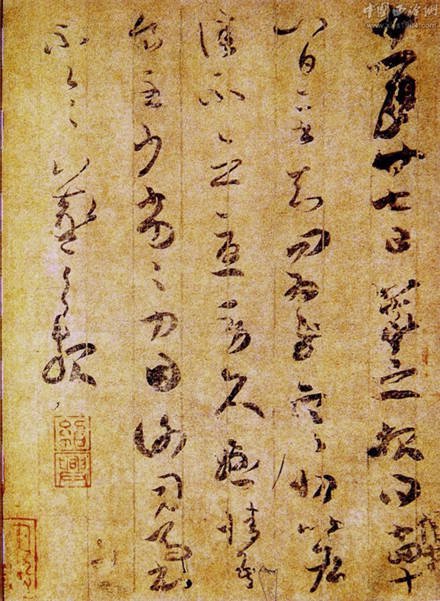
Original text: Xi Zhibao on November 27th: I got the letter on the 14th and 18th, and it is a comfort to know and ask. Hanqie, better than others? Worry about love for a long time. Eat very little, bad! Li Yin thanked Sima Shu, not one by one. Xi's reward.
Among them, "Xie Sima" should be Xie An. Xie An was Wang Xizhi's best friend. Xie An came out as Huanwen Xisima in the fourth year of Shengping (AD 360) at the age of 41. This letter should have been written in this year. The following year, in the fifth year of Shengping, Wang Xizhi passed away. Therefore, this book should be written by Wang Xizhi in his later years. The calligraphy style of this calligraphy is vigorous and smooth, calm and flowing, and it seems effortless when writing. It reflects the high maturity of Wang Xizhi's calligraphy in his later years, the smooth flow and the ultimate beauty. Just as Sun Guoting of the Tang Dynasty said: "This is the book of Youjun. It is wonderful in the last years. When you think about it and review it, your ambitions are peaceful. If you don't inspire, you will be far away from the wind." The rules come from afar."
"Second Thanks"
The two thanked each other and did not show each other, and Chi Xueliang was not quiet. Xi's daughter loves to worship again. Miss Tai'er Xijia. Former patients are kind. The proposals sent should be tried to find provinces. Drama on the left.
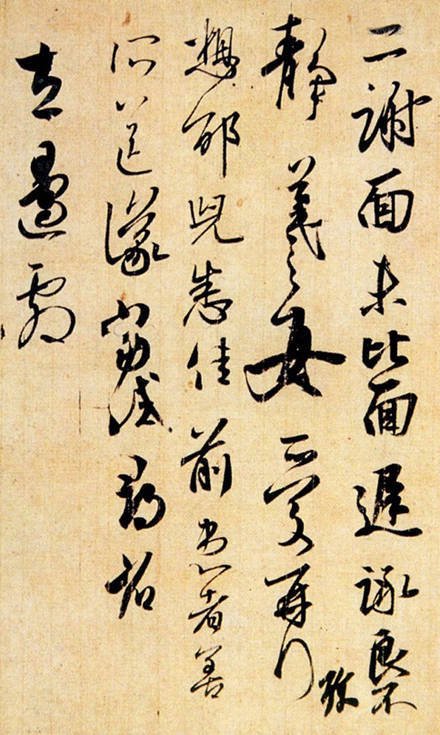
"Changfeng Post"
Every time I think about the wind, I can't bear it. I got his book yesterday. It is both ruined and strong, which is deeply worrying. Knowing that the virtuous person is exhausted, why can he help me so much? He is dedicated and diligent. I know that I got the letter on the 24th, and I got the letter on the 22nd from (uncle) Tiger, which means that I will have good luck in the new year. An Shi must have defeated Pan's family yesterday. If he wanted to defeat him, it would be twenty-five days later. With one step, you can make a sound. As you pass by, you will be as close as you want to see. The four pieces of paper I send you today are all white. Why do you think they look like this? Can you learn?
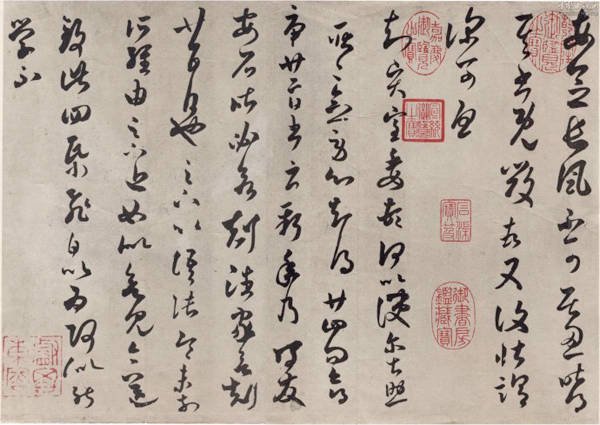
"Traveling Notes"
There are many wonders in the mountains and rivers of the province. Yang Xiong's "Sichuan Capital" and Zuo Taichong's "Three Capitals" are all unprepared. Knowing that there are many strange things about him will make his eyes full. If you can get the result, you should inform your ministers and ask for welcome. Few people have enough ears. Signal when the time comes. If it is later than this period, the day will be counted as the year. I want to take a single step to control that land, but I haven't moved my ears. If you want to catch up with you there, you can climb to Wenling and circle around Mount Emei, which will be an immortal event. But saying this, my heart is at ease with him.
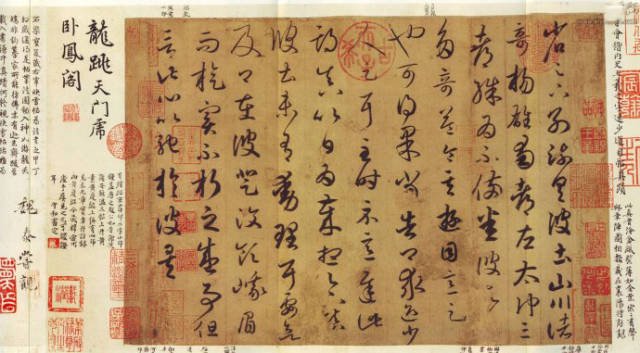
"Looking Near the Long Bao Tie"
Interpretation: [Looking closer, there is no chance to reflect] It's sad [sighing that the little one has stepped down] It's safe [Yun Qing will come to live] This joy is too late [unspeakable] I must tell you [there is a period of time] and I will save you, but I won't [live here] [Beijing here] avoids the solar term [it is better to] Xin Qing comes to also send this letter [also with] questions
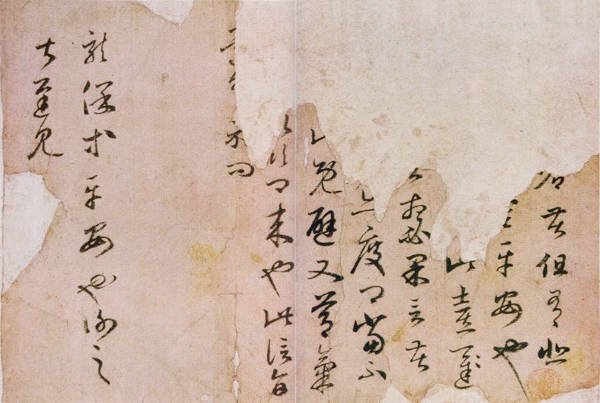
"First Month Post"
On the twelfth day of the first lunar month, Shanyin Xi's report was approaching. I wanted to send this book to help the travellers. Although I have been far away to comfort you, I have told you to do well, but my sufferings are very bad, very bad, Fang Zhidao is worried, I am weak, and I have no retribution for Xi.
This post is one of Wang Xizhi's best surviving calligraphy works. Compared with Wang Xizhi's other cursive scripts, it has an ancient meaning and may be an earlier work. There are many characteristics in the writing, wording and composition of this post. For example, the word "Worry of the Way" in the penultimate line and the word "Report" in the last line are not straight forward, but have rich changes. For example, the first and last strokes of the word "worry", the vertical stroke on the left side of the word "huai", and the last stroke of the word "bao", the strokes may be short or long, or the front may be hidden or the front may be exposed. They are all in a curved shape, not a single line However, the middle is full of subtle changes. Weng Fanggang's so-called "hitting the mark", Bao Shichen's so-called "good use of music", "what the ancients were strong and unbridled and unreachable would be cut off in the painting", etc. You can get a taste of it all in this post. The main strokes used are center strokes, and the use of side strokes in some characters such as "山" (山) and "Bao" (Bao) is also very obvious. The size of the characters varies, long or short, straight or slanted, all determined by the shape and temperament of the characters. The lines of characters are not required to be vertical and symmetrical, and the spacing is not required to be dense and uniform. This determines the ups and downs and changes of this post. The whole aspect is unpredictable. This situation is related to the social trend of people pursuing natural and unrestrained at that time. After the Tang Dynasty, the pursuit of refinement and standardization made it difficult for such characters to appear.
